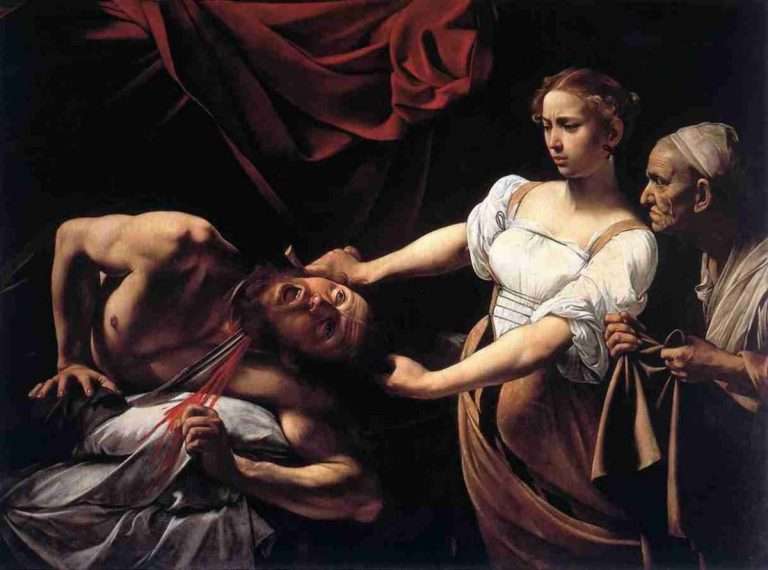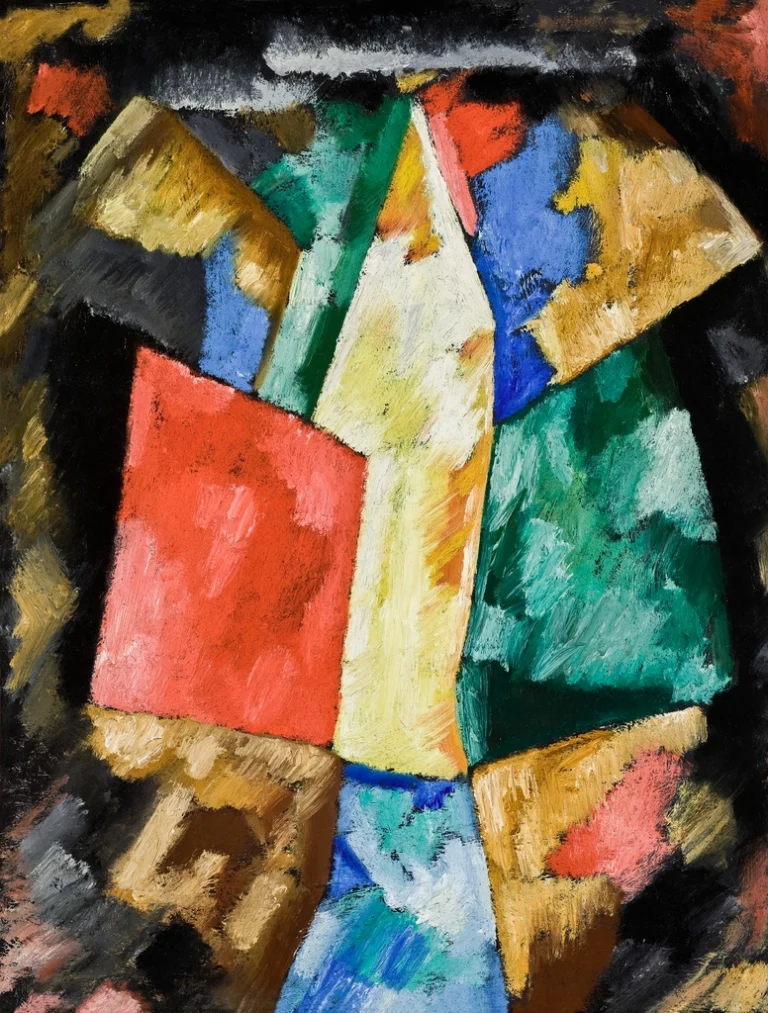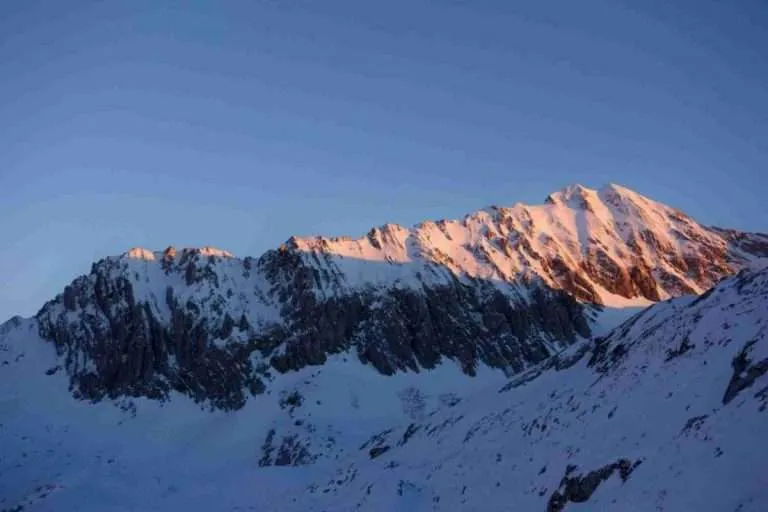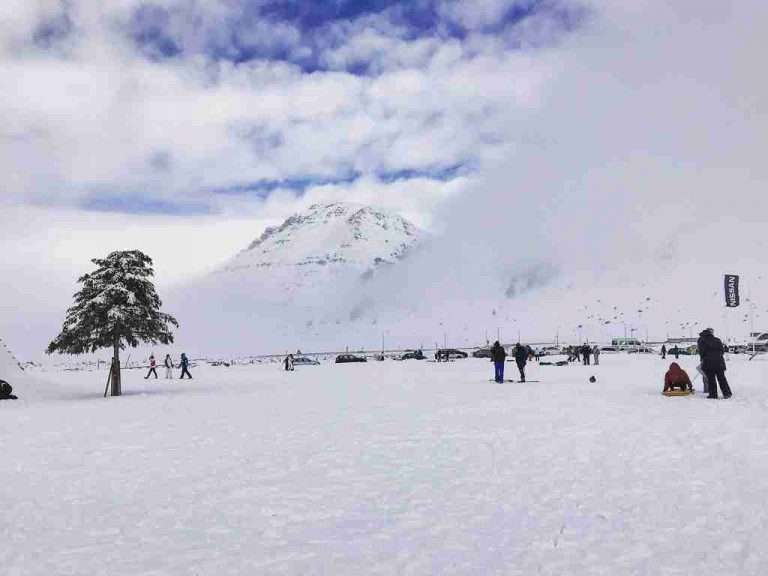
If you climb the Capitoline Hill from the back, it is not really clear what wonderful views await you. It’s also not clear that this was once the site of ancient Rome’s most high-profile executions. Roman executioners flung the empire’s traitors off of the Tarpeian Rock, which is today an overgrown, nondescript spur on an otherwise illustrious hill.
After you walk up and around the curve of the rock, you come upon an overlook of The Forum. It’s one of the best views you can get of the ruins without actually going inside. Though, as is the case at most tourist sites in Rome, you will have to wait your turn to snap a photo free of your fellow visitors.
After the photo op over the Forum, turn left to travel up a cobbled lane, which is the passage between two of the three main buildings of the Capitol. As you enter the piazza, you’ll be rewarded with much to observe. There’s a fountain–the goddess Roma. There’s Marcus Aurelius on horseback, looking triumphant even from the back. And there’s the rest of Rome–buses, tourists, taxis, spread wide beyond the cordonata, the sound of it all a bit muted from this hilltop perch.
The Capitoline Hill is the smallest of the seven hills of Rome and the site of the Capitoline Museums and Rome’s City Hall. Michelangelo is responsible for the symmetrical design–three palazzi with identical facades fronting a large square with an equestrian statue at its center–and for its cordonata, the wide staircase with steps shallow enough for horses to climb. The geometrical pavement pattern was Michelangelo’s idea, too. Though it wasn’t completed until 1940 at the behest of Mussolini.
§
Given its medieval buildings, Michelangelo-designed piazza, larger-than-life statues, and views over the Forum, the Capitoline is also one of my favorite places in Rome to take photos. I visited the Capitoline, aka the Campidoglio, the other day with my camera. Here are the results of that excursion.
Note that visiting the Capitoline Hill is completely free. But you will have to pay admission to get into the Capitoline Museums. It is worth it.
Have more questions about the Capitoline Hill? Contact me.



















Post first published on October 4, 2014






